Description
No matter what you plan to dye, whether it’s a pair of jeans or set of curtains, the first step is to choose the right dye for your fabric or material. Always check the care label for the fiber content of the item you plan to dye.
This dye is for natural fabrics, such as cotton, linen, wool, silk and ramie. It also dyes rayon and nylon. If the garment you want to dye contains more than 35% synthetic material (such as polyester, acrylic or acetate), then you must use Rit DyeMore Synthetic Fiber Dye instead.
Important Notes:
Colour
If the garment you are dyeing is white or off white, then you should be able to achieve true color. However, if your garment has an existing color, then your only option is to overdye it with a darker color. Unfortunately, a Colour Remover will most likely not work on your synthetic garment.
Patterns and Logos
If the garment you are dyeing has a pattern or logo, the color you use will mix with the existing color(s) in the fabric and create new colors.
Bleach Stains and Sun Damage
Sun and bleach actually damage fabric, making it very difficult to dye. If you still want to try and dye a garment with bleach or sun damage, you could try using Rit Color Remover on the garment before dyeing. Unfortunately we cannot guarantee this will work. Unfortunately, that means we cannot guarantee dye will cover up the stains.
Select your method:
For general dye projects, use the sink or bucket method.
If you are looking to achieve as vibrant a color as possible (or dyeing nylon), use the stovetop method.
If you want to dye large items or are looking for the easiest dye method, then use the washing machine method.
Instructions:
- To determine how much dye is needed, weigh the item to be dyed on a food scale or estimate the weight. As a general guideline, one liquid bottle / two powder packages dyes 1 kilogram of dry fabric. If you are trying to achieve a very bold color, then double the dye quantity.
- Fiber content and weight affect how color appears. If you are in doubt as to whether your fabric will accept dye or achieve the color you want, we recommend testing a swatch first.
- Before dyeing, remove any visible stains on the garment. This will help achieve uniform color results when dyeing. Pre-wash item in warm, soapy water without any fabric softener. This helps to remove any finishes that may interfere with dye absorption.
- Cover work area with plastic table cover and have paper towels handy to protect against any possible spills.
- Wear rubber gloves to protect hands from getting stained and to insulate them when working with hot water.
- Fill a plastic container or stainless steel sink with enough water for the fabric to move freely. We recommend using 11.5 L of water for every 1/2-kilogram of fabric. The water should ideally be 60°C . If tap water is not hot enough, heat water on the stove and add to the dyebath.
- To enhance the color: (1) add 240 mL of salt when dyeing fabrics containing cotton, rayon, ramie or linen; (2) add 240 mL of vinegar when dyeing fabrics containing nylon, silk or wool.
- Add 5 mL of dish detergent to help promote level dyeing.
- If using powder dye, dissolve thoroughly in 470 mL of very hot water.
- Pour dissolved powder dye or well-shaken liquid dye into dyebath and mix well.
- Test color by dipping a paper towel into the dyebath. If color is too light, add more dye. If color is too dark, add more water.
- Wet the fabric, squeeze out any excess water and add it to the dyebath.
- Stir slowly and continuously. The first 10 minutes are the most critical. Stirring helps to ensure an even color with no splotches.
- Item can remain in dyebath from 10 minutes up to one hour with stirring. If dyeing a polyester cotton blend, keep the fabric in the dyebath for at least 30 minutes to ensure that the color takes fully. Nylon tends to dye very quickly and much darker than other fibers so the actual time needed in the dyebath is less.
- When desired color is achieved, remove from dyebath. Fabric will look darker when wet and will dry lighter.
- To enhance the color and reduce color bleeding, use Rit ColorStay Dye Fixative immediately after dyeing and before washing.
- Rinse in cool water until rinse water begins to run clear.
- Wash in warm water with a mild detergent, rinse and dry.

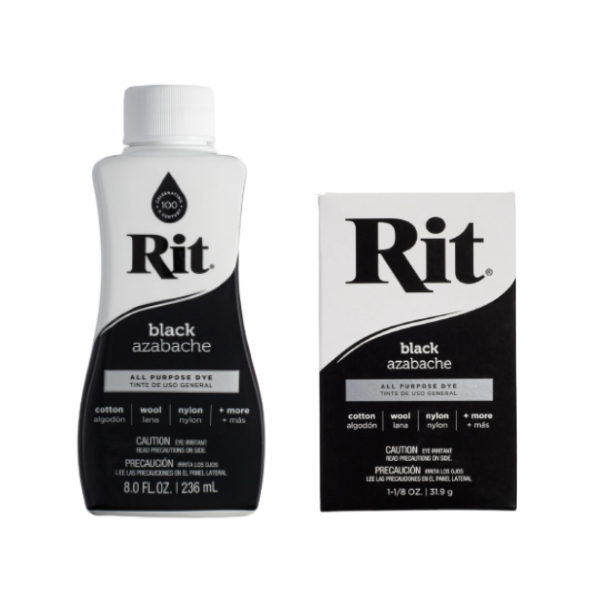
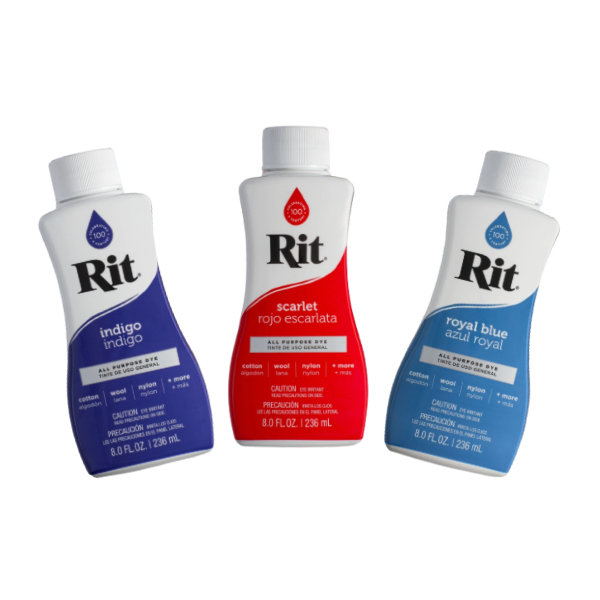
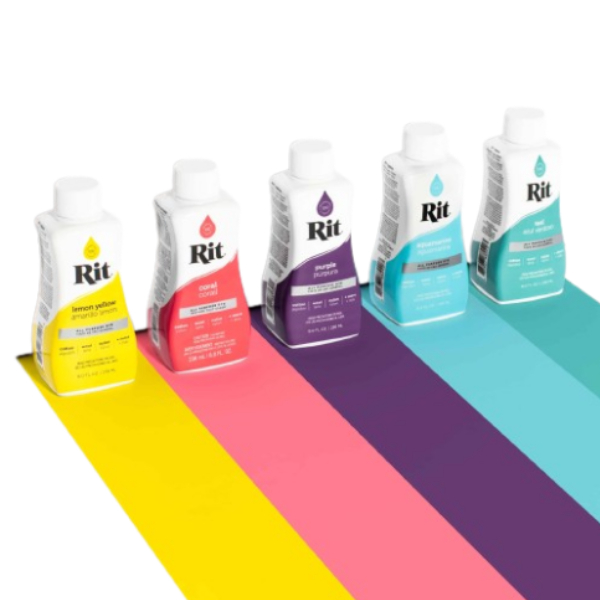
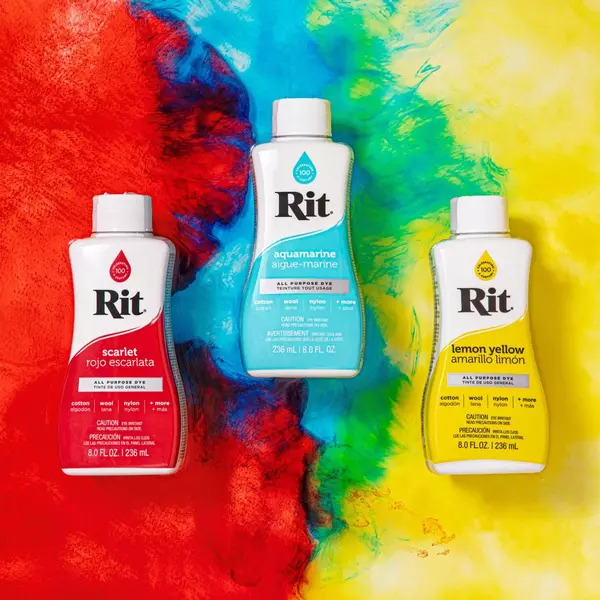
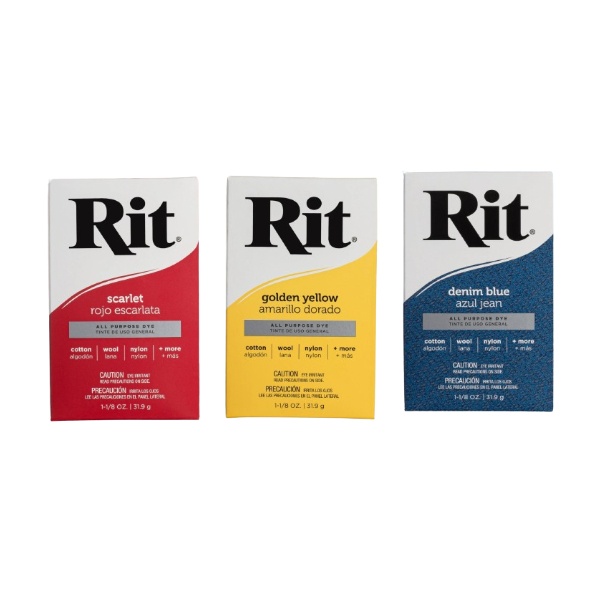
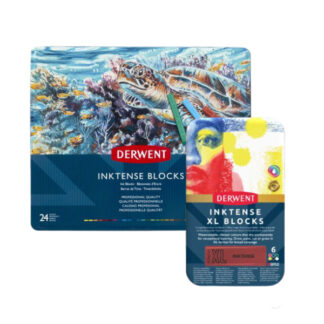

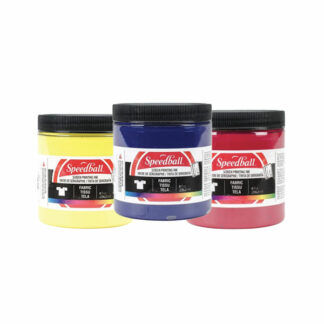
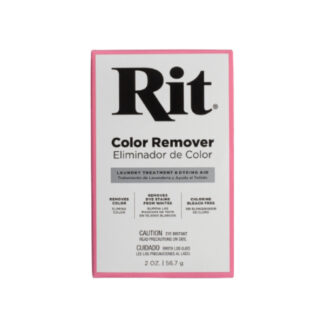
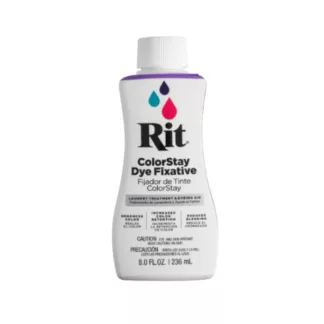
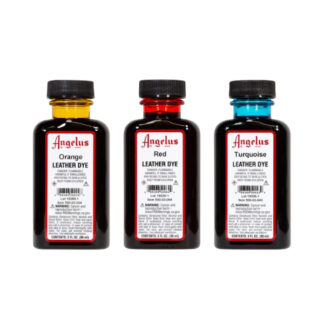
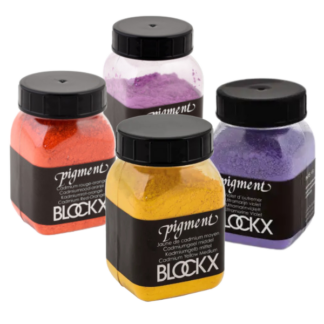

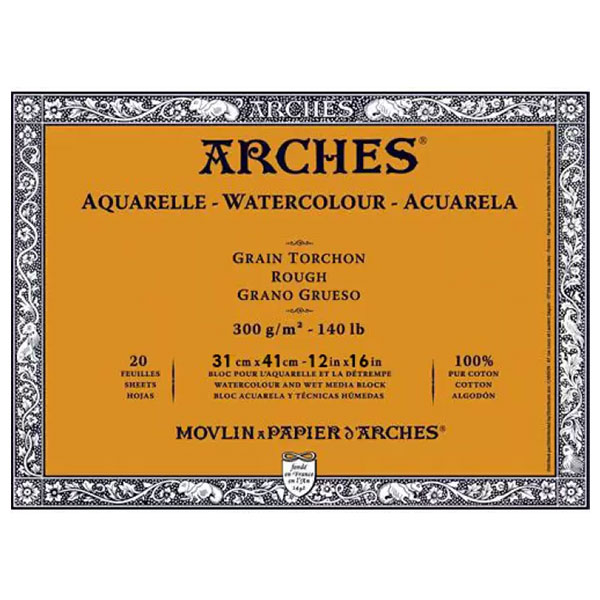
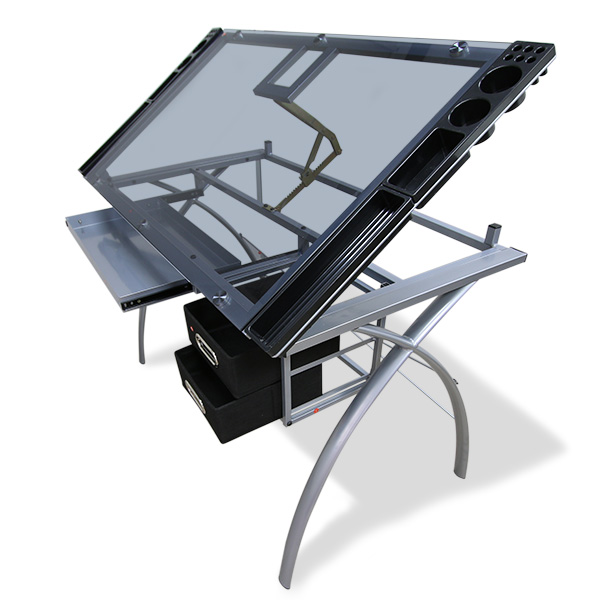

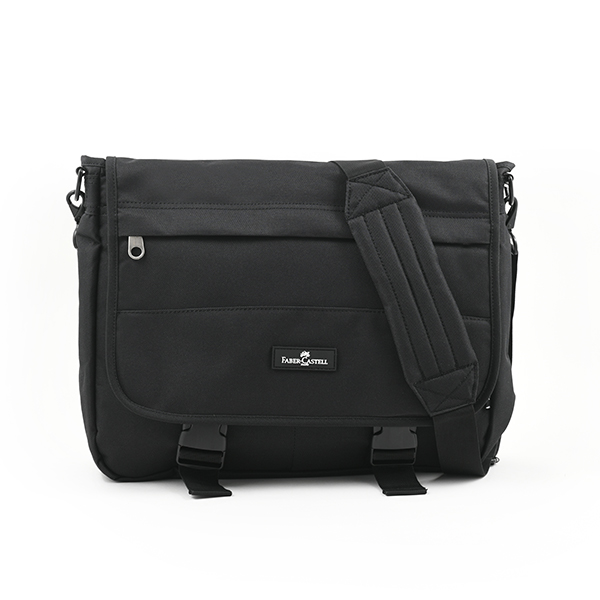
Reviews
There are no reviews yet.